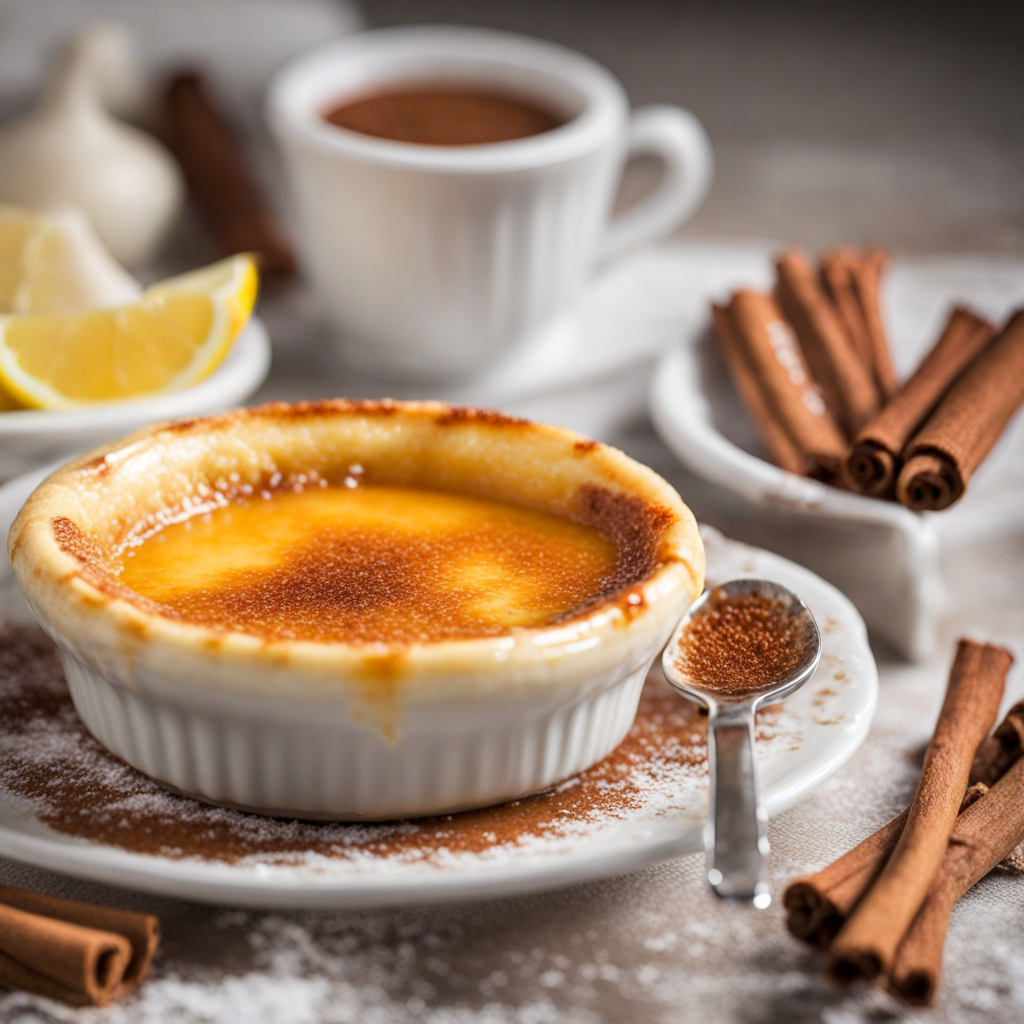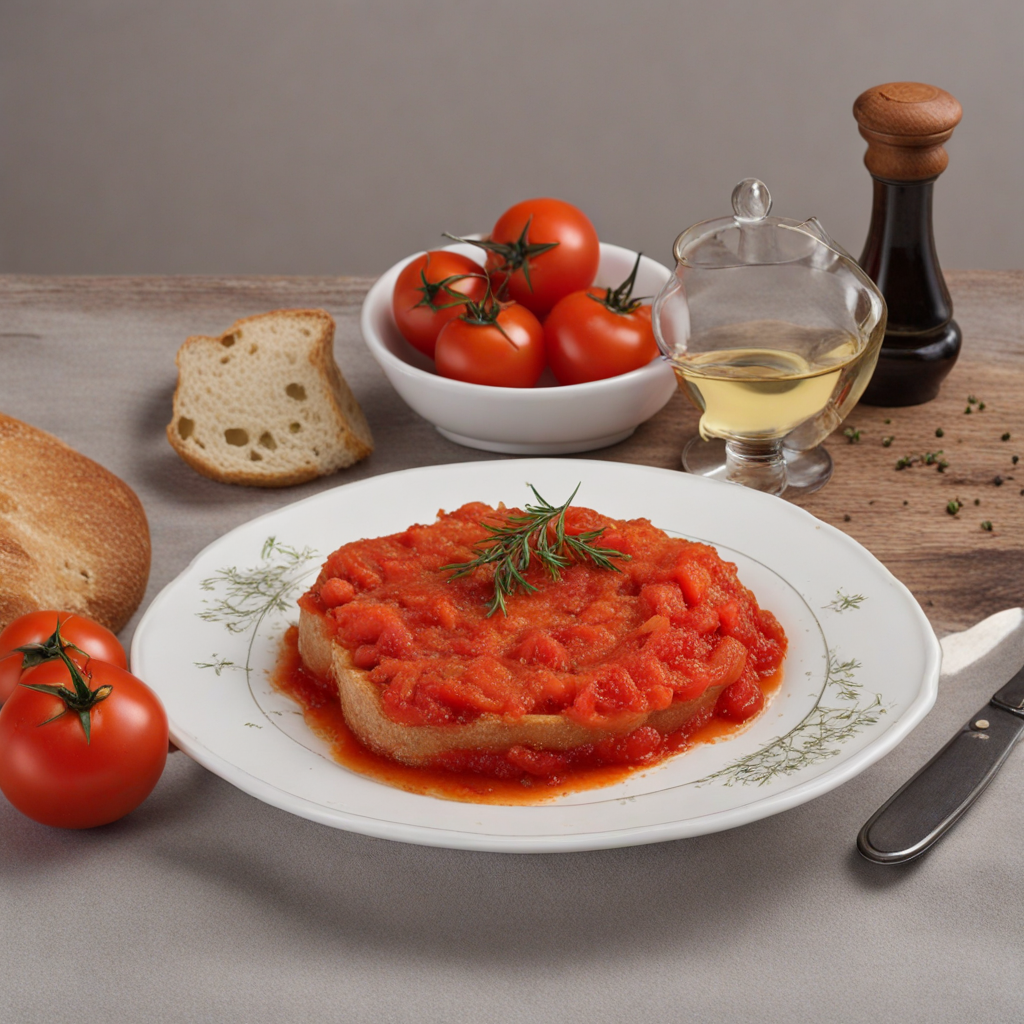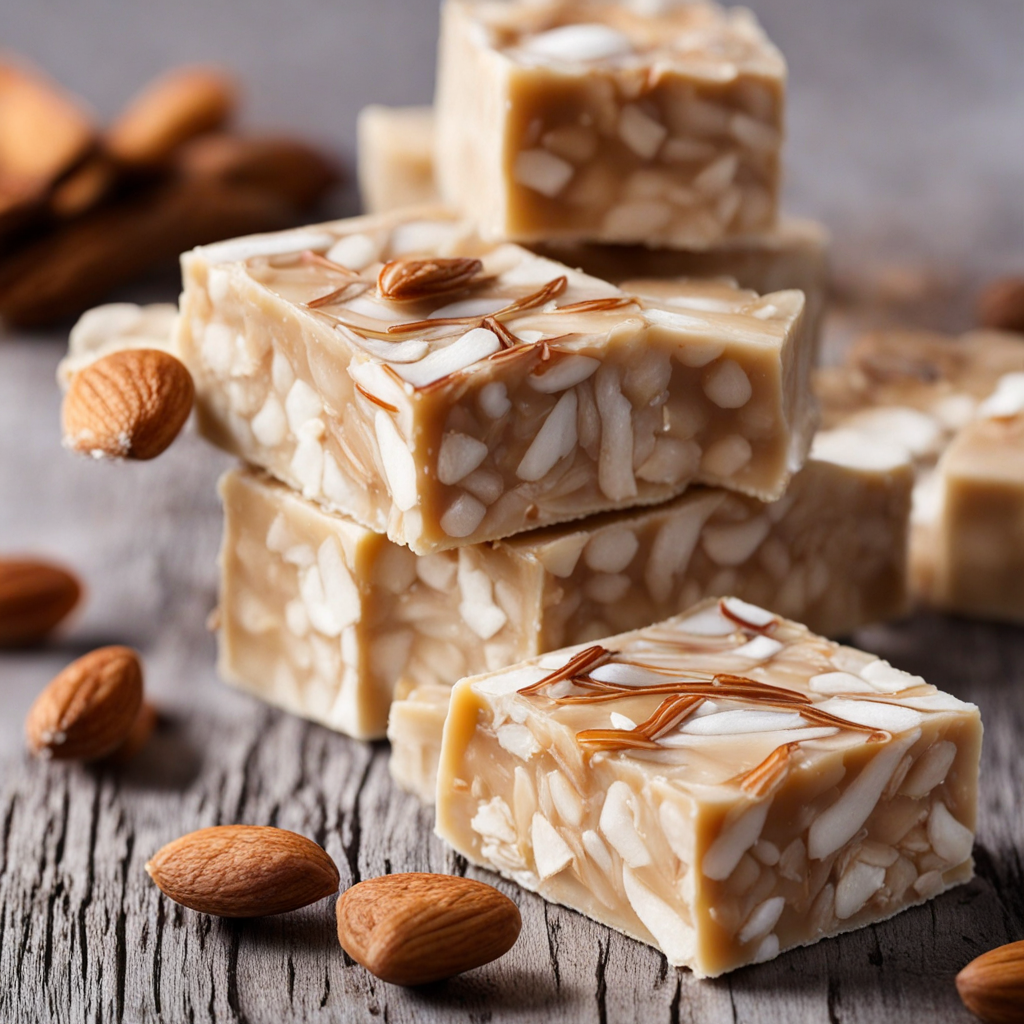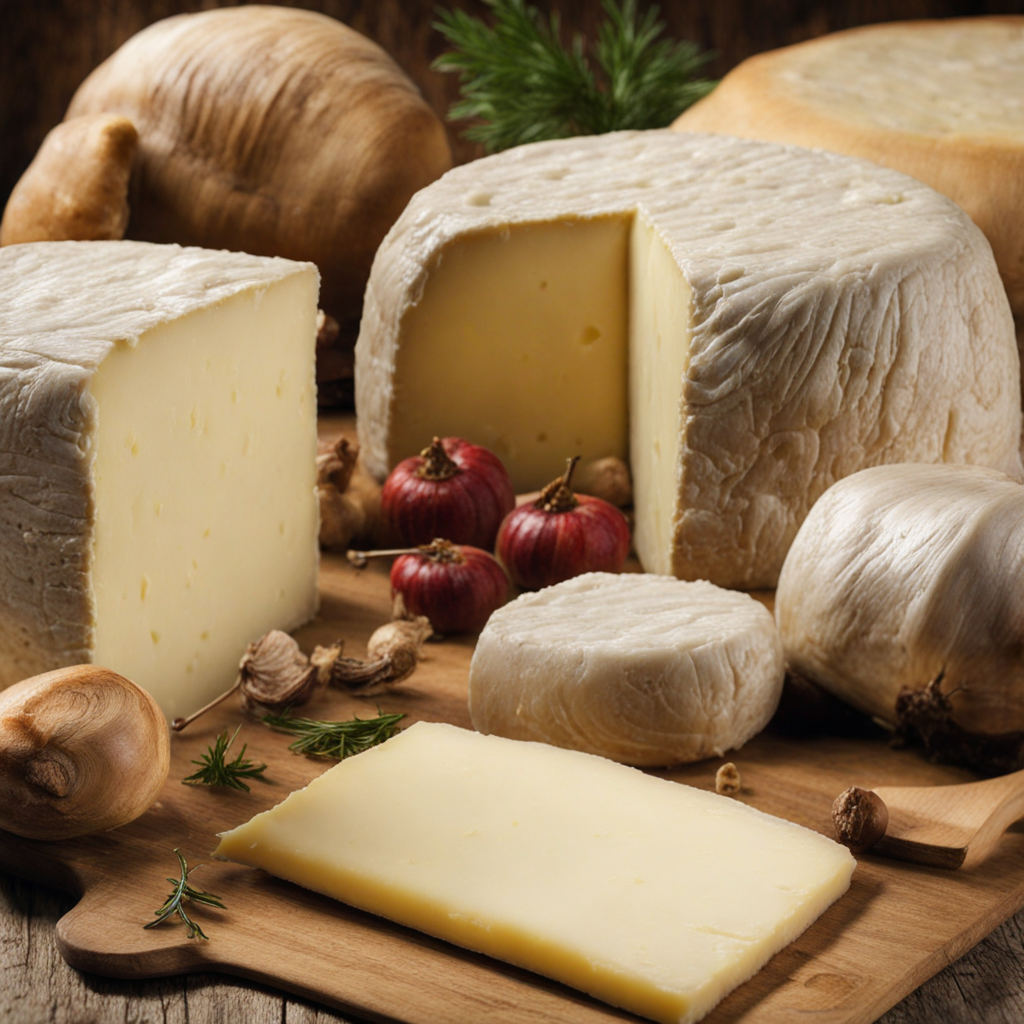Botifarra
Botifarra is a traditional sausage hailing from the picturesque country of Andorra, nestled in the Pyrenees Mountains. This savory delight is primarily made from finely minced pork, which is seasoned with a blend of spices that can include garlic, pepper, and sometimes a hint of nutmeg or allspice. The use of high-quality, locally sourced ingredients lends it a rich flavor profile, making each bite a delightful experience. The sausage is typically encased in natural casings, which not only help to retain its juices but also give it an appealing, rustic appearance. The texture of Botifarra is one of its standout features; it is both succulent and slightly coarse, providing a satisfying mouthfeel. It can be enjoyed in various ways—grilled, fried, or even simmered in stews. In Andorran cuisine, it is often served alongside hearty accompaniments such as potatoes, lentils, or seasonal vegetables, allowing the flavors to meld beautifully. The smoky aroma that wafts from the cooking sausage is enough to entice any food lover, making it a must-try when exploring the culinary landscape of Andorra. For those eager to discover new flavors, Botifarra offers a unique taste that is both comforting and hearty. Its versatility means it can be dressed up in gourmet dishes or enjoyed in a simple, rustic manner. Paired with a glass of local wine or cider, Botifarra becomes not just a meal but an experience that captures the essence of Andorran culture and tradition. Whether you are indulging in a festive gathering or a casual evening meal, this sausage promises to delight the palate and leave a lasting impression.
How It Became This Dish
Botifarra: A Culinary Gem of Andorran Heritage Origins and Historical Context Botifarra is a traditional sausage that holds a significant place in the culinary landscape of Andorra, a small landlocked principality nestled in the eastern Pyrenees mountains between France and Spain. The origins of botifarra can be traced back to the rural communities of the Iberian Peninsula, where the practice of charcuterie was not merely a means of preserving meat but also a reflection of local culture and agricultural practices. The word "botifarra" derives from the Catalan term for sausage, and its roots can be found in the ancient practices of meat preservation. Historically, Andorra's economy was largely agrarian, relying on livestock farming, particularly sheep and pigs, which were raised in the rugged, mountainous terrain. As such, the need to preserve meat for the long winters led to the creation of various cured meats, with botifarra being one of the most notable. The sausages were made using the less desirable cuts of meat, mixed with spices and herbs, and encased in natural casings. Cultural Significance Botifarra is more than just a food item; it is a symbol of Andorran identity and cultural heritage. In the past, the preparation of botifarra was often a communal activity, bringing together families and neighbors to share in the labor and the joy of sausage-making. This practice fostered a sense of community and tradition, passing down recipes and techniques through generations. The sausage is known for its distinctive flavor profile, which can vary widely depending on the specific recipe used. Traditional botifarra is typically made from pork, seasoned with ingredients such as salt, black pepper, and sometimes garlic, giving it a robust and savory taste. Various regional adaptations exist across Catalonia and Andorra, with some incorporating additional spices or even unique local ingredients, reflecting the diversity of the region’s gastronomy. In Andorra, botifarra is not only a staple in everyday meals but also plays a crucial role in festive occasions and celebrations. It is often served during traditional feasts, such as the "Diada de Santa Anna," and is a common feature in local markets, where it is proudly displayed alongside other regional delicacies. The sausage is typically grilled or roasted and served with bread, potatoes, or local vegetables, making it a centerpiece of rustic Andorran cuisine. Development Over Time As Andorra entered the 20th century, the production and consumption of botifarra began to evolve. Rapid urbanization and changes in lifestyle led to a decline in traditional agricultural practices, threatening the existence of many artisanal foods. However, the latter half of the century saw a revival of interest in local cuisine, driven by a growing appreciation for authenticity and traditional foodways. The establishment of Andorra as a tourist destination also played a significant role in the renaissance of botifarra. As visitors flocked to the region for its stunning landscapes and ski resorts, local producers began to capitalize on this interest by promoting traditional foods as part of the cultural experience. Farmers' markets, food festivals, and culinary tours highlighted botifarra, showcasing it as an emblem of Andorran heritage. In recent years, there has been a concerted effort among chefs and food artisans to elevate botifarra beyond its humble origins. Innovative culinary techniques and contemporary presentations have introduced the sausage to a wider audience, allowing it to be enjoyed in fine dining settings as well as in traditional dishes. Some chefs experiment with fusion cuisine, incorporating botifarra into dishes inspired by international flavors, while still honoring its traditional roots. Contemporary Relevance Today, botifarra continues to be an integral part of Andorran culinary culture. Local producers are dedicated to maintaining traditional methods of production while also adapting to modern tastes and health considerations. The use of organic and free-range ingredients has become increasingly popular, appealing to a new generation of consumers who prioritize sustainability and ethical sourcing. Moreover, the rise of the slow food movement has brought renewed attention to botifarra as a symbol of local identity and agricultural heritage. Efforts to promote local gastronomy have led to the inclusion of botifarra in Andorra's culinary festivals, where it is celebrated alongside other traditional dishes. Chefs are now highlighting the importance of preserving local recipes and techniques, ensuring that the legacy of botifarra endures. Botifarra also serves as a bridge between tradition and innovation. While it still holds a cherished place in the hearts of Andorrans, it is increasingly being embraced by the culinary world outside of Andorra. Cookbooks, food blogs, and culinary shows have featured botifarra, introducing this regional delicacy to international audiences and inspiring food enthusiasts to explore the flavors of Andorra. Conclusion In conclusion, botifarra is more than just a sausage; it is a rich tapestry woven into the cultural fabric of Andorra. Its origins reflect the agricultural practices of the region, while its evolution demonstrates the resilience of local traditions in the face of modernization. As Andorra continues to navigate the complexities of globalization and culinary trends, botifarra stands as a testament to the importance of preserving cultural heritage through food. As we savor the flavors of botifarra, we not only taste the unique spices and ingredients but also the history, community, and identity of Andorra itself. With each bite, we partake in a tradition that has endured for centuries, celebrating the art of sausage-making that binds generations together in a shared love for food and culture.
You may like
Discover local flavors from Andorra






